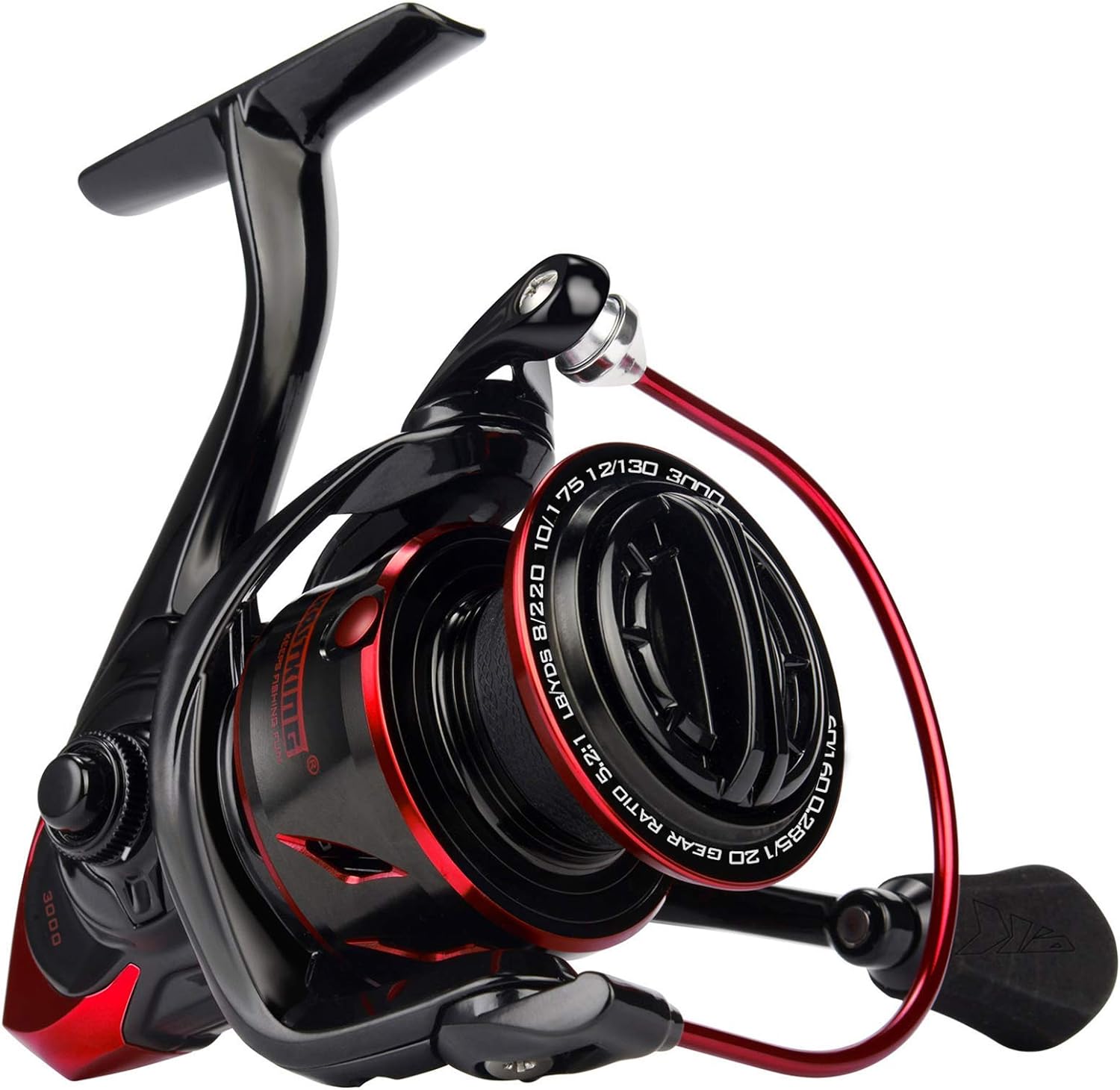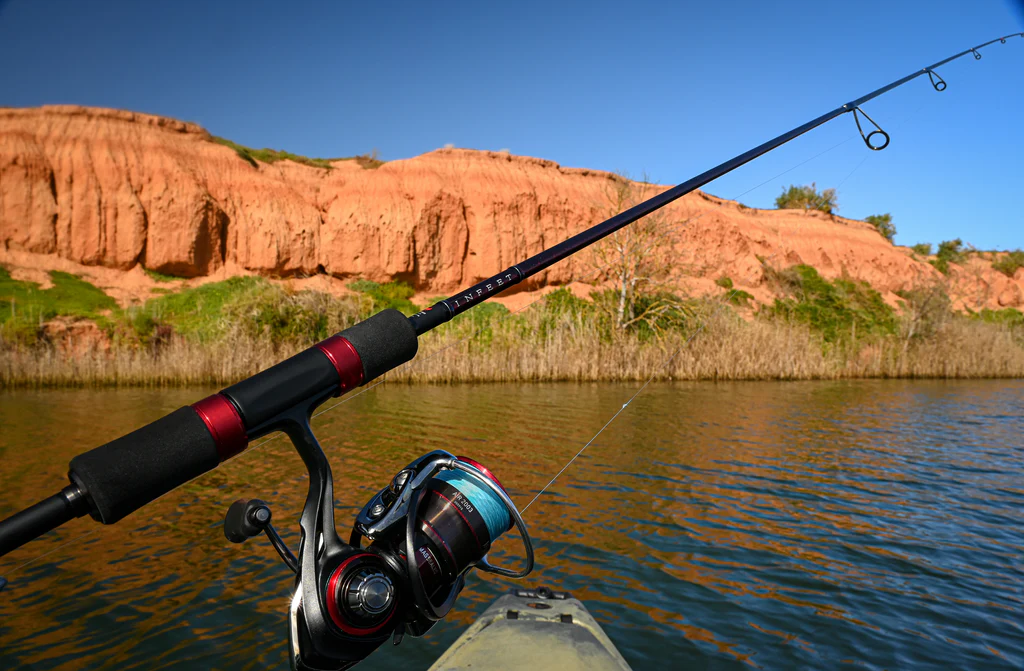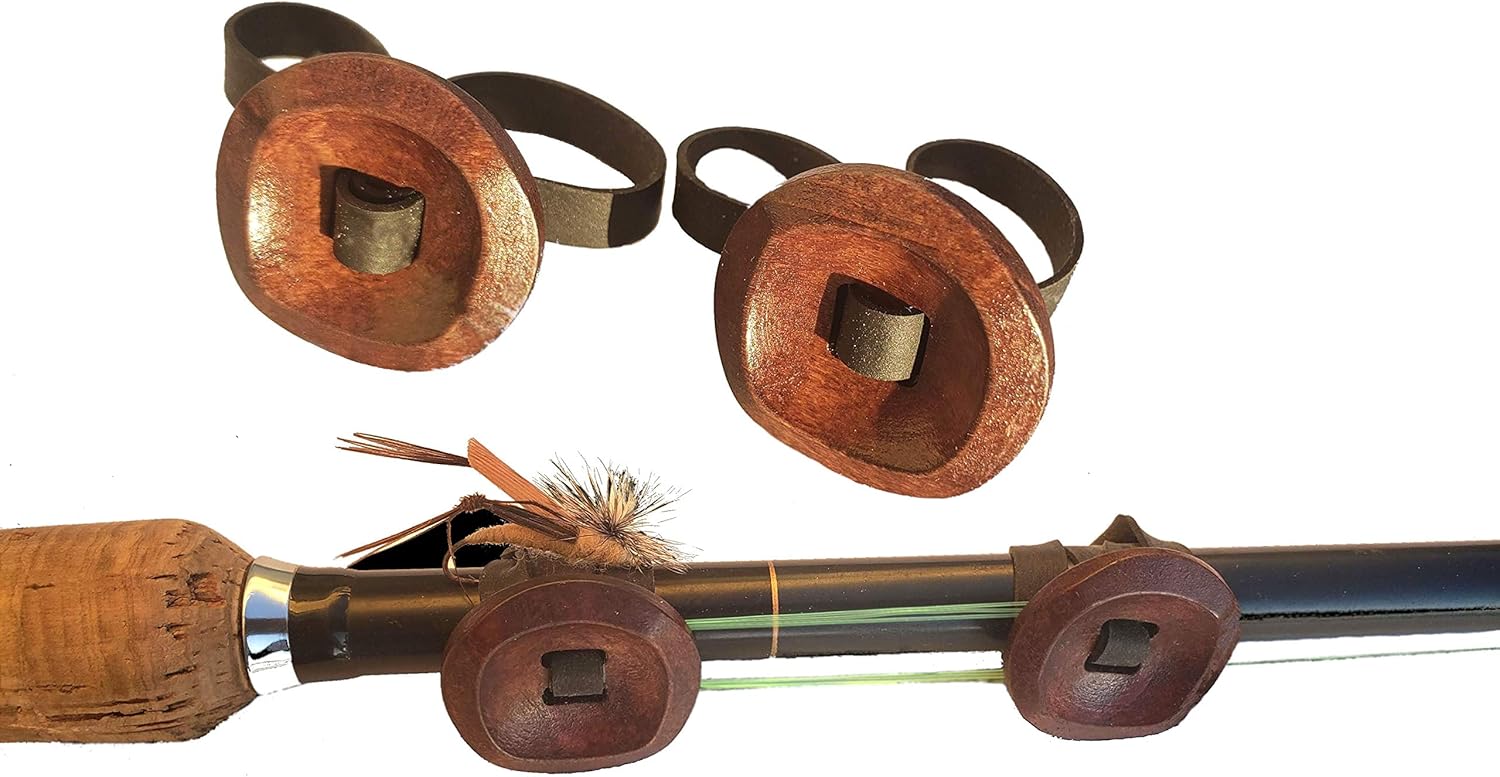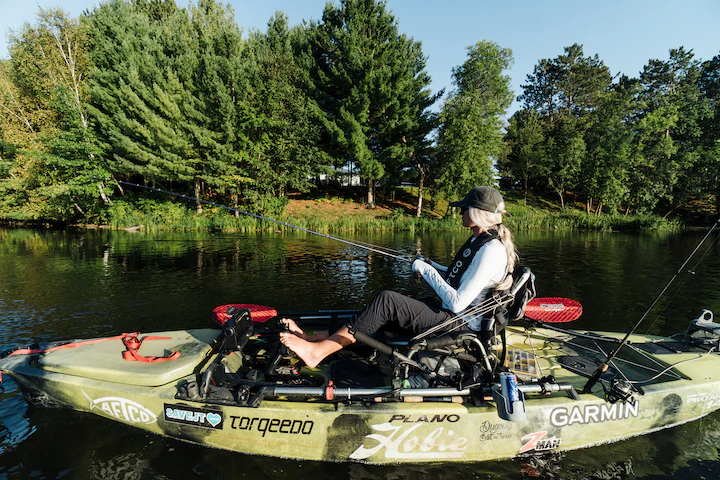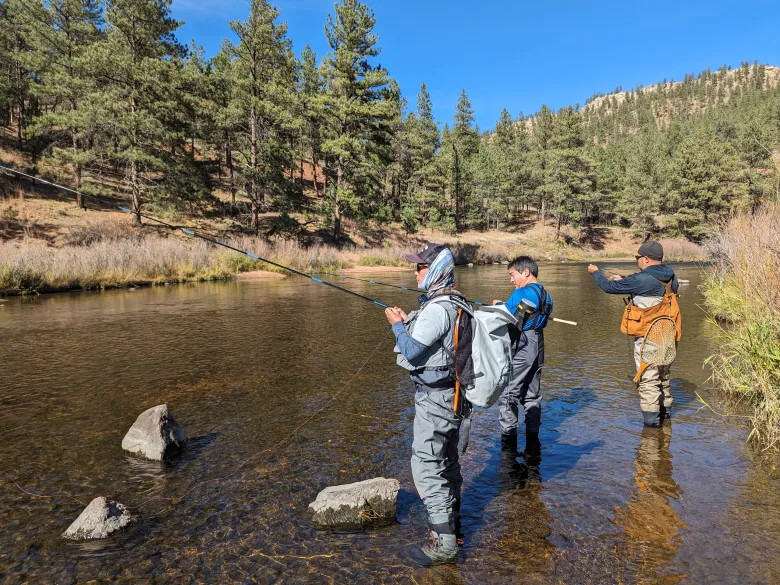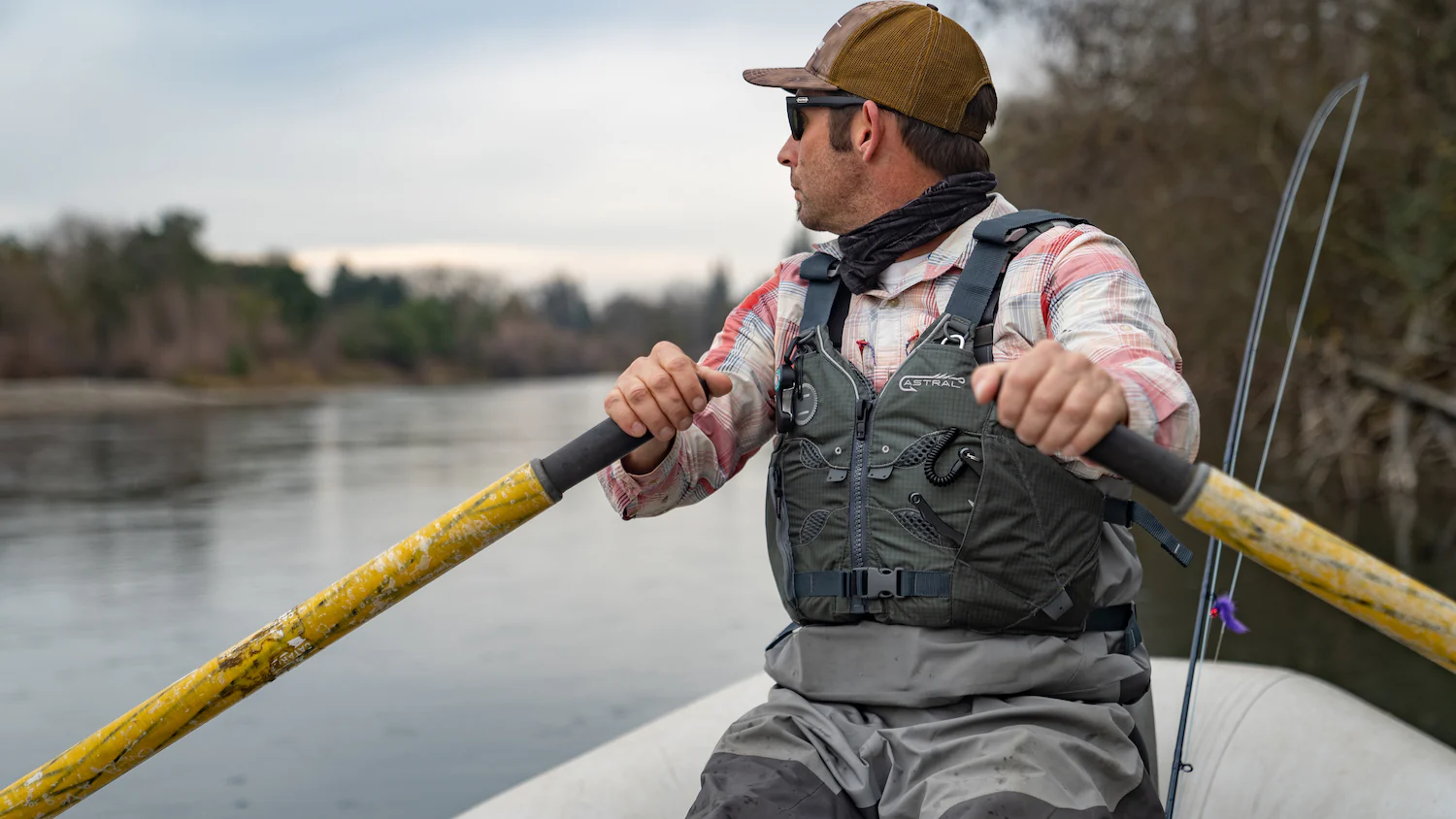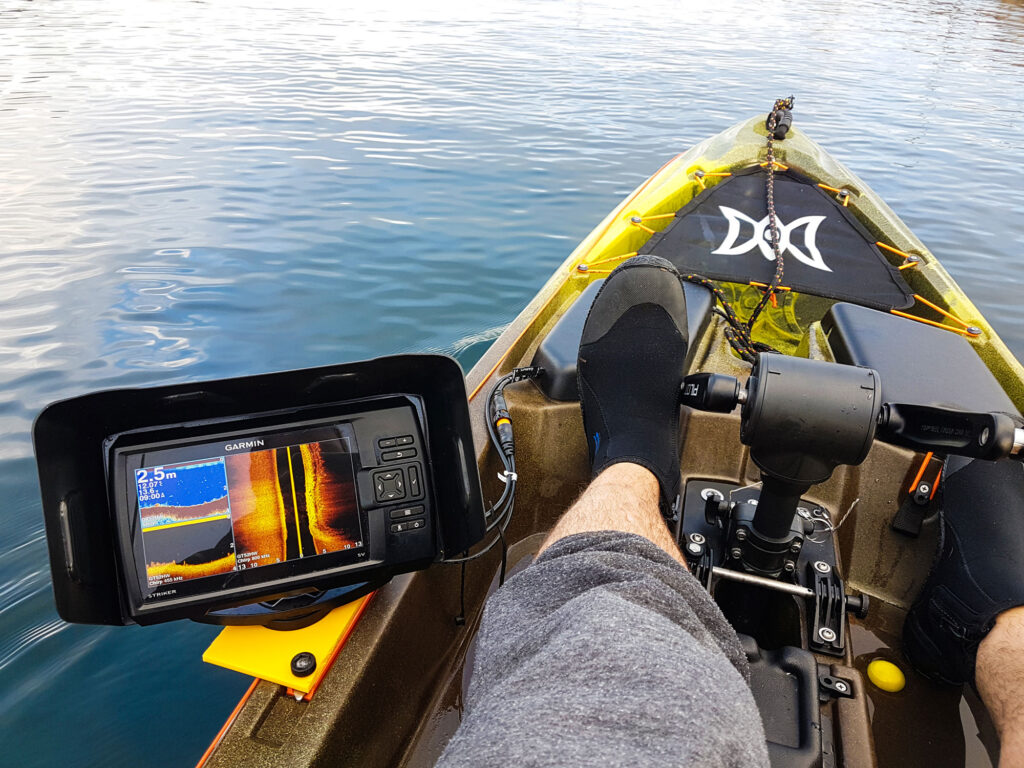Table of Contents
This article will explore the uses of good spinning reels. They are best for casting light baits. They are also the most popular choice among anglers. By the end of the article, you will be able to buy the best spinning reel for your adventure.
What is a spinning reel?
Amazon Link of KastKing Sharky III Fishing Reel
A spinning reel is a round-shaped equipment that is mounted on a fishing rod that is used in reeling and storing the line. Unlike baitcasting reels with a revolving spool, it has a stationary spool. This greatly reduces backlashes, which are common with new reel users. An open-face spinning reel’s construction arrangement is one in which the spool is exposed and forms a part of the line capacity.
The spatial dynamics of a spinning reel include a bail arm that swings, permitting the line to pass for casting. After the bail is flipped, it locks the line and is ready to be retrieved. Rotating the handle engages the drag system. It applies pressure on the spool. This controls the free movement of the line when fighting a fish. The spinning reel’s key feature is its tunable drag system. It can be set for any fishing condition and target fish.
Spinning reels on the other hand are suitable for light to medium tests and are usually used in recreational fishing. They also inhabit fresh and saltwater areas, this tells you how versatile they are.
What are spinning reels used for?
Spinning reels are popular in many fishing methods. They are versatile and functional. Spinning fishing reels for novices and noobs alike, they are perfect for casting light baits and fishing lures with accuracy.
They use them for freshwater fishing for trout and bass. They also use them for saltwater battles with powerful foes, like redfish and snook. In surf fishing, spinning reels are used for long casts over waves. In fly fishing, their versatility helps navigate tricky currents with light tackle.
They remain a universal tool for a wide range of fishing situations and therefore an essential part of any angler’s arsenal.
What are Spinning reels used for?
Bobber fishing
Live lining
Fishing with dead or live bait
Fishing with bottom rigs
Spin fishing with artificial lures
If you’re wondering:
What spinning reels are NOT used for?
Heavy trolling
Fly fishing
Heavy casting
Spinning Reel advantages
Versatility
Rotary reels are desirable for their versatility. Spinning reels can be used in almost any fishing situation. They work for a wide range of fish species. These include small freshwater fish in trout and bass streams. They also include larger saltwater fish, like tuna and marlin. These reels vary in size and line capacity. It depends on the intended use of the fishing gear. When it comes to fishing apparatus spinning reels are also suitable for any or all baiting including live bait and artificial lure. This versatility enables you to in virtually any fishing scenario once you are using the spinning reel.
Ease of Use
Another notable advantage of spinning reels is their convenience during use. They are ideal for novice users because of their easy use. Casting with a spinning reel is straightforward: you flip the bail, your finger can hold the line, and you swing it backward by moving. The high level of simplicity when using spin reels is ideal for people who are just learning how to fish or even fishing with little children.
Long Casting Distance
Spinning reels are also associated with long casting. In a spinning reel, the spool allows the line to flow without twisting, so it casts longer. This trait can be very beneficial when trying to catch distant fish or cast into deeper waters.
Less Line Twist
Spinning reels are specially designed to reduce the problem of line twists, which are often encountered in fishing. Although some line twisting is still possible when using spinning reels, it is much less when compared to other reel types. This function helps anglers save time and frustration on the water.
Drag Systems
Most spinning reels have an impressive drag system for fish fighting. The drag system also pressures the hooked fish and gives outlines during the fight. A quality drag system is soft, solid, and adjustable, all elements found in spinning reels. It means you can battle fish and land them easily without worrying about your line pulling off or your reel failing.
Durability
The durability of spinning reels is one that they are famous for. Most models use corrosion-resistant materials. They can fish in both freshwater and saltwater. When the proper care and maintenance of a spinning reel is adopted, it can be used for long periods without any impact, even under tough use.
Affordability
Spinning reels are a good deal. They range from low-cost models for beginners to high-end ones for pros and avid fans. However, the price does not matter, as most spinning reels provide adequate performance, which is a good choice for any angler.
Which baits to use with spinning reels?
Almost all kinds of baits, like soft plastics, hard baits, and live bait, are usable with spinning reels. Soft plastics target certain species, including bass, pike, and walleye, among others. Spinning reels are also applicable to hard baits such as crankbaits, jerk baits, and topwater lures.
People who are fond of live bait, worms, minnows, and shrimp are all suitable for using spinning reels. Finally, the choice of bait will be determined by the target fish and fishing environment. Below are some popular baits you can use:
Small spoons
Finesse worms
Crappie jigs
Poppers
Small swimbait
Do professionals also use a spinning reel?
Of course, spinning reels are used by professionals due to their flexibility and convenience. Spinning reels are best for delicate, precise fishing, like drop shooting or using light lures. They improve casting accuracy and control. This is vital for reaching specific areas or using subtle presentations. Spinning reels help pros adapt to different fishing situations easily.
Also, spinning reels have no hand dominance restriction. They can be set up for both left- and right-handed retrieval. This ambidextrous aspect is another reason why professional anglers never give up on spinning reels. They want the freedom to change hands. Though there are better reels for specific fishing styles, the spinning reel is still a good choice for some competition formats.
Tips for using spinning reels
When using your reel, it is vital to lubricate it well. This will achieve the machine manufacturers’ intended purpose.
It is recommended that you not swing the rod almost unnecessarily too far as this can cause tangles and reduce the distance of throwing the line.
In the process of pulling a fish, do not let go of the line, as the fishing line may entangle itself or break.
Try to allow your hand to wrap the line and guide it before it can get knotted on the reel when fighting a bigger fish.
After fishing, rinse your spinner reel of saltwater and debris. Then, dry it before storing it.
Check and replace your fishing line to avoid breaks and have the best performance consistent in frequency.
Try various casting methods, like the side arm or underhand cast. This will help you find the best method for your circumstances.
Conclusion!
With spinning reels, the angler can use different lures in the water, making them suitable for any spin. In a well-organized string of such rigs, you will be able to catch plenty of various types of fish. The chances are high that the day on the water will wind up successfully and that pleasure will yield the results.
FAQs
What kind of bait is recommended to be used when using a spinning reel?
Thus, the best bait depends on the target fish and the fishing conditions. Some of the used include worms, minnows, and shrimps.
How do I prevent tangles when casting with a spinning reel?
When casting, keep the rod in a comfortable zone. Don’t swing back too far or tangle the line when retrieving it. You can even experiment with various casting technologies to find the most suitable solution for yourself.
Is it necessary to lubricate my spinning reel?
Yes, you should often lubricate your spinning reel. It will promote efficiency and limit wear on its internal parts.
How often should I replace my fishing line?
Your fishing line should be replaced at least every year or more often if you fish often or get a suspicion that your line has wear and tear in any state. Two, every time before using it, you should check your line for any nicks or frays that need replacement.
Which type of rod is the best when used wills a spinning reel?
The common standard of power rod for spinning reels is medium to medium heavy weight and the action of the rod is fast or extra fast. However, the kind of fishing as well as the intended target species may dictate this.

